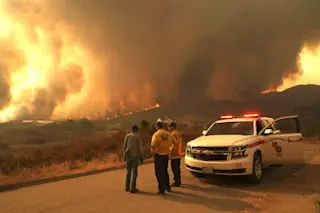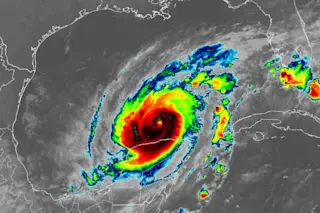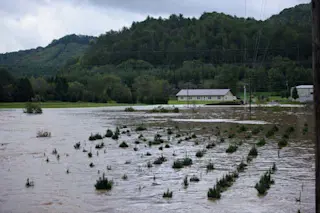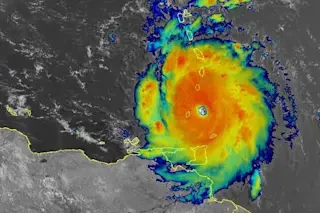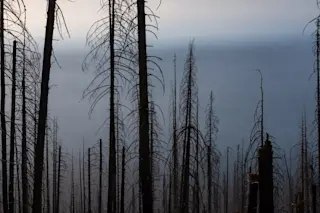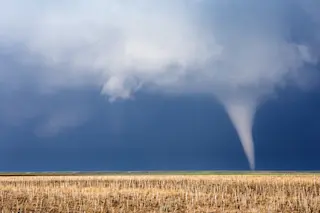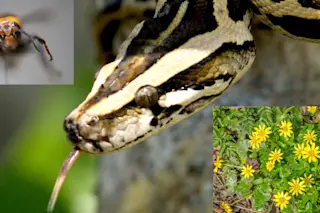Once again it appears that sometimes, trying to suppress large forest fires might be creating unintended negative consequences. Last month we wrote that fighting fires in the pine forests of the American West could actually decrease the amount of carbon the forest could sequester by allowing smaller trees to survive, and thus compete with the larger trees that absorb most of the CO2. Now, a new study says that huge, raging fires can be the best weapon to get rid of pesky and damaging invasive species in California's chaparral. John Keeley and colleagues at the U.S. Geological Survey studied about 250 fires in the California chaparral, a particularly fire-prone shrubland. When blazes ignited in areas that possessed plenty of fuel because they had not burned in many years, Keeley says, the enormous fire that resulted would kill off invasive grasses, while native grasses recovered afterward. The researchers say this happens ...
Does Fighting Forest Fires Help Invasive Species?
Research shows that to suppress large forest fires may actually favor invasive species. Understanding fire dynamics is crucial for ecosystems.
More on Discover
Stay Curious
SubscribeTo The Magazine
Save up to 40% off the cover price when you subscribe to Discover magazine.
Subscribe


